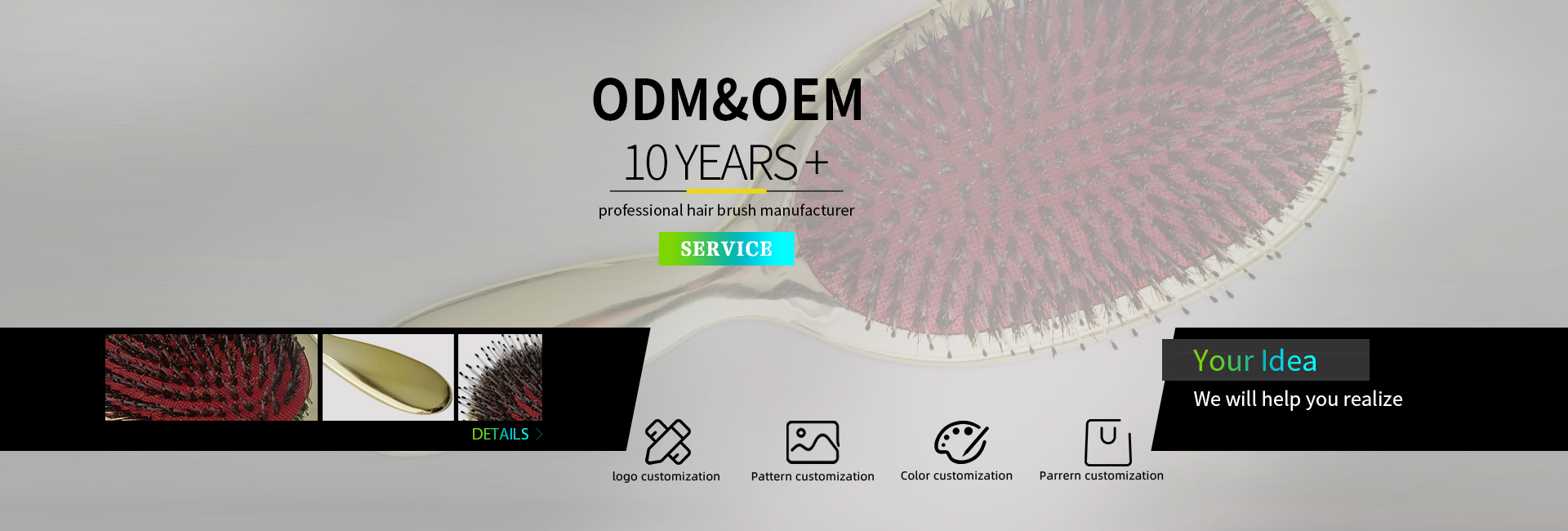Detangling hair is a crucial step in maintaining healthy, smooth locks, but using the wrong comb can lead to breakage, frizz, or even scalp irritation. So, what type of comb is best for detangling? The answer depends on your hair type, texture, and specific needs. In this article, we’ll explore the best combs for different hair types, discuss optimal materials, and share expert tips to make detangling a breeze—all optimized for readers and search engines alike. Whether you have curly, straight, or tangled hair, we’ve got you covered with practical advice and professional insights.
Why Choosing the Right Comb Matters
Using the right comb can minimize damage, reduce frizz, and keep your hair looking its best. Hair type plays a massive role in this decision—curly hair needs a different approach than fine, straight strands. Below, we break down the options to help you find the perfect tool for detangling without the frustration.
The Best Combs for Your Hair Type
Curly or Coarse Hair
- Best Comb: Wide-tooth comb
- Why It Works: Wide-tooth combs glide through curls without disrupting their natural pattern, making them ideal for detangling coarse or curly hair. They’re especially effective on wash day when hair is prone to tangles.
- Tip: Use when hair is 80% dry to avoid breakage, as wet curls are more fragile.
Straight or Fine Hair
- Best Comb: Fine-tooth comb
- Why It Works: Fine-tooth combs smooth out straight or fine hair, keeping it sleek while removing minor knots. They’re perfect for daily maintenance and scalp cleaning.
- Tip: Comb 1-2 times daily with a smooth-edged tool to prevent pulling.
Severely Tangled Hair
- Best Comb: Wide-tooth comb with smooth edges
- Why It Works: For stubborn knots, a wide-tooth comb with polished edges reduces breakage, especially on wet hair. Tools like the Rounded Dress Comb are excellent choices.
- Tip: Start from the ends and work your way up, using a leave-in conditioner for extra slip.
Comb Materials: What to Choose and Avoid
Top Choice: Cellulose Acetate
- Benefits: Smooth, eco-friendly, and gentle on hair, this material reduces friction and prevents snagging.
Avoid: Metal and Plastic
- Drawbacks: Metal can scratch the scalp, while plastic often causes static and breakage.
Special Mention: French Handmade Combs
- Made from cellulose acetate since 1892, these are perfect for fine hair due to their polished finish.
Expert Tips for Detangling Like a Pro
Wondering what type of comb is best for detangling in practice? Pairing the right comb with smart techniques is key. Here’s how to do it:
- Timing: Comb when hair is fully dry or nearly dry. Wet hair is more prone to snapping, especially for curly or coarse types.
- Frequency: Limit combing for curly hair to avoid frizz; straight hair can handle daily sessions.
- Technique: Start at the ends and work upward to gently loosen knots. Pair with a detangling spray or conditioner for smoother results.
- Tool Strategy: Use a wide-tooth comb on wash day and a fine-tooth comb for daily upkeep.
Common Mistakes to Avoid
Even with the right comb, bad habits can sabotage your efforts. Here are pitfalls to watch out for:
- Myth: Combing wet hair hard is fine.
- Truth: This increases breakage—be gentle and patient.
- Myth: One comb fits all hair types.
- Truth: Curly and straight hair have unique needs; tailor your choice accordingly.
Conclusion: Find Your Perfect Detangling Comb
So, what type of comb is best for detangling? For curly or coarse hair, a wide-tooth comb reigns supreme. Straight or fine hair thrives with a fine-tooth comb, while severely tangled locks need a smooth-edged wide-tooth option. Opt for cellulose acetate over metal or plastic for the gentlest experience, and always comb with care—preferably on dry hair. Experiment with these recommendations to discover what works best for your unique strands. Healthy, tangle-free hair is just a comb away!
